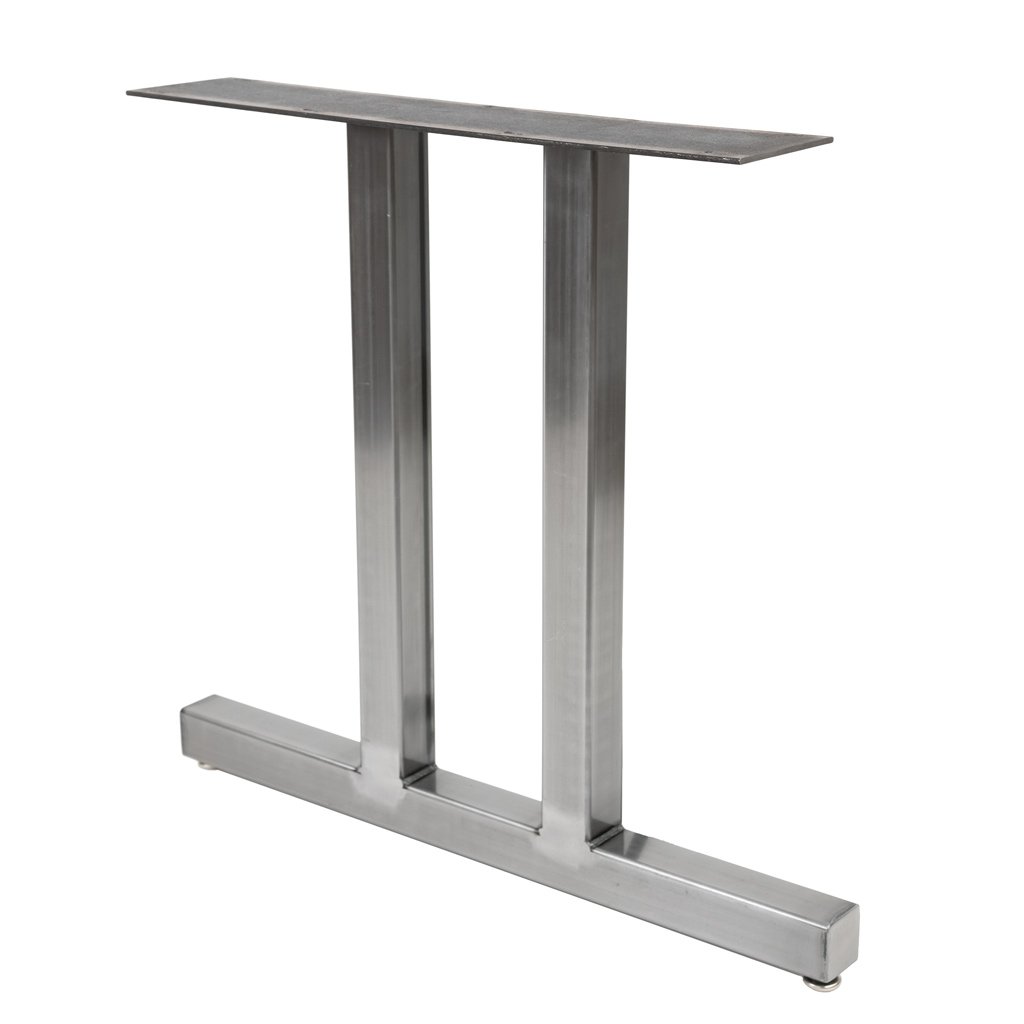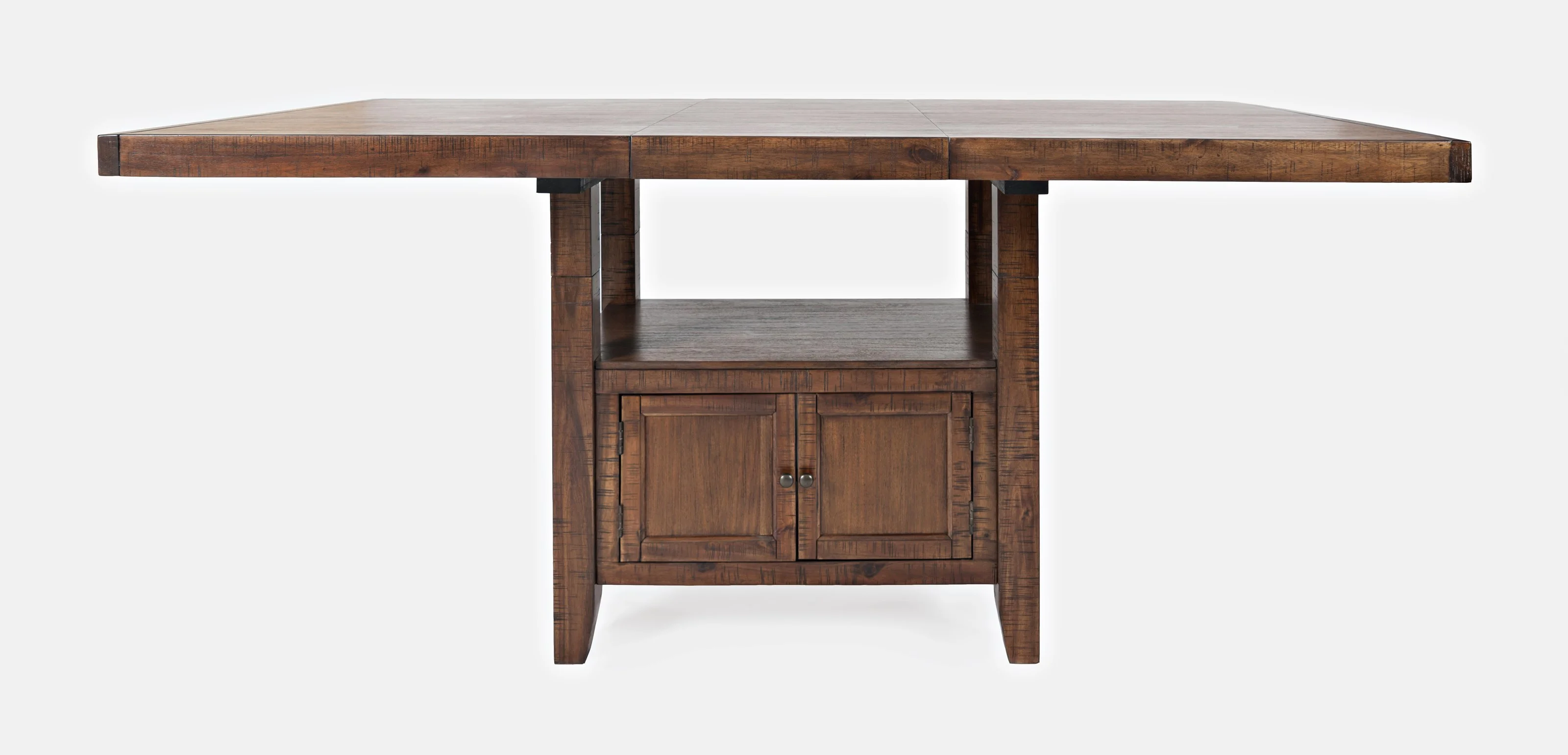How Dining Room Table Legs Can Change the Entire Aesthetic of Your Room
How Dining Room Table Legs Can Change the Entire Aesthetic of Your Room
Blog Article
From Traditional to Modern: Locate the Ideal Eating Area Table Legs for Your Style
While timeless designs such as cabriole and turned legs stimulate a feeling of timeless elegance, modern designs like barrette and geometric options present a chance for striking aesthetic interest. As you take into consideration these components, the question remains: exactly how can you effortlessly incorporate these varied leg styles to create a harmonious dining experience?
Recognizing Table Leg Styles
The selection of dining-room table leg designs can significantly influence both the aesthetic appeals and performance of the area. Each leg style contributes distinct visual elements and practical features, catering to diverse design choices and use requirements. Recognizing these designs is critical for picking the appropriate table that lines up with your overall interior layout vision.
As an example, tapered legs offer a tidy, timeless look that can enhance an area's sophistication, while pedestal bases offer stability and take full advantage of legroom, making them suitable for smaller rooms. Barrette legs, a hallmark of mid-century modern-day style, introduce a commercial style, enabling an airy, open feeling. Likewise, trestle legs evoke rustic beauty, offering durable support and a feeling of eternity.
In addition, the choice of products plays a significant duty. Wooden legs can bring heat and texture, whereas steel options usually communicate a streamlined, contemporary ambiance. Ultimately, recognizing table leg styles is necessary for creating a natural eating area that mirrors personal style while making certain functionality and convenience. By thoughtfully thinking about these components, you can enhance both the aesthetic and useful appeal of your dining area.
Traditional Table Leg Options
When choosing dining space table legs, typical options frequently symbolize ageless style and workmanship. These designs reflect a rich heritage and a commitment to high quality, making them optimal for those that value timeless aesthetics.
One of the most iconic conventional leg styles is the cabriole leg, defined by its stylish rounded shape. This design typically features decorative makings and is most commonly located in Queen Anne and Chippendale furnishings. Another preferred alternative is the transformed leg, which flaunts a series of smooth, rounded shapes that offer a classic look while maintaining security.
In addition, the straight leg, while straightforward, supplies a unadorned and durable structure that can mix flawlessly with a range of tabletop styles. For those drawn to ornate describing, claw-and-ball feet legs stimulate a sense of splendour and can function as a magnificent prime focus in any type of dining area.
Last but not least, stand bases, although not purely legs, provide an alternative standard option that permits for ample legroom and can be wonderfully sculpted. Each of these conventional leg styles adds to the total ambiance of a dining-room, weding feature with aesthetic appeal.

Modern Table Leg Designs
Modern table leg layouts provide a varied range of designs that emphasize innovative products and clean lines. These styles frequently focus on functionality while offering as striking centerpieces within an eating room. Minimalist aesthetics prevail, with legs crafted from products such as metal, glass, and engineered timber, which add to a airy and modern feeling.
One preferred design is the barrette leg, identified by its slender, conical structure that gives security without overwhelming the tabletop (dining room table legs). This design is frequently found in mid-century modern-day furnishings and can easily enhance numerous dining table forms. Another pattern is making use of geometric forms, where legs may handle unbalanced or angular forms, adding visual passion and a touch of creativity

Mixing Designs for Special Areas
Commonly, property owners seek to create one-of-a-kind eating areas that reflect their personal design by mixing various design components. This strategy enables the consolidation of diverse aesthetics, causing an unified yet unique environment. Coupling a rustic wooden table with sleek, modern-day metal legs can develop an appealing contrast that boosts the room's total charm.
Additionally, incorporating vintage table legs with contemporary tabletops can stimulate a sense of background while preserving a modern perceptiveness. Such combinations not just showcase private taste however also motivate creativity, permitting house owners to curate a space that really feels both individual and inviting.
Shade plays an important duty in this blending procedure; selecting table legs that match or comparison with the existing color pattern can boost visual rate of interest. Whitewashed legs can soften the daring of a dark table surface, producing a well balanced visual.
Tips for Choosing the Right Legs
Choosing the right table legs is essential for accomplishing both capability and visual appeal in your dining area. Begin by taking into consideration the overall style of your space. Typical settings benefit from legs that include internet elaborate carvings or transformed layouts, while modern spaces may call for smooth, minimal designs.
Following, analyze the height and stability of the legs. dining room table legs. Conventional eating tables vary in between 28 to 30 inches in elevation, so ensure the legs complement this measurement for comfort. Furthermore, robust materials, such as hardwood or metal, can improve security and durability
Examine the leg form too-- alternatives consist of right, tapered, or stand layouts. Straight legs supply a timeless appearance, while conical legs can include a touch of style. Pedestal bases give enough legroom and are ideal try these out for smaller rooms.
Conclusion
In recap, selecting the ideal eating space table legs requires mindful consideration of both traditional and modern-day designs. By harmonizing leg design, height, and product with the general decor, a cohesive and welcoming environment can be achieved.
The selection of dining area table leg styles can dramatically influence both the aesthetic appeals and go to website functionality of the room. Ultimately, recognizing table leg styles is crucial for producing a natural dining location that reflects personal design while guaranteeing usefulness and comfort.One of the most famous traditional leg styles is the cabriole leg, identified by its graceful rounded form. Straight legs provide a timeless look, while tapered legs can add a touch of style.In summary, choosing the ideal dining space table legs calls for careful factor to consider of both typical and modern designs.
Report this page